Learn more about activity centres overview

Overview
Metropolitan Melbourne has a network of activity centres. This network is defined within Plan Melbourne and is classified into three main types: Metropolitan Activity Centres, Major Activity Centres and Neighbourhood Activity Centres.
As the metropolitan area grows, new activity centres will be needed to serve new and changing communities. Government policy seeks to increase the concentration of activities within the network of activity centres, both existing and planned.
They will differ in size and function, offer diverse goods and services and will be well connected by public transport. Population catchments for these activity centres may overlap, allowing as many people as possible the maximum choice in services, employment and social interaction.
Development of this network of activity centres is critical to metropolitan Melbourne’s future economic performance. The intent is to substantially reinforce the network by connecting Metropolitan and Major Activity Centres into an expanded public transport network, and encourage more mixed-use development in appropriately located centres.

Metropolitan Activity Centres
These are higher-order centres intended to provide a diverse range of jobs, activities and housing for regional catchments that are well served by public transport. These centres will play a major service delivery role, including government, health, justice and education services, as well as retail and commercial opportunities.
Existing centres are in Box Hill, Broadmeadows, Dandenong, Epping, Footscray, Fountain Gate-Narre Warren, Frankston, Ringwood and Sunshine. Future centres will be located in Lockerbie and Toolern.
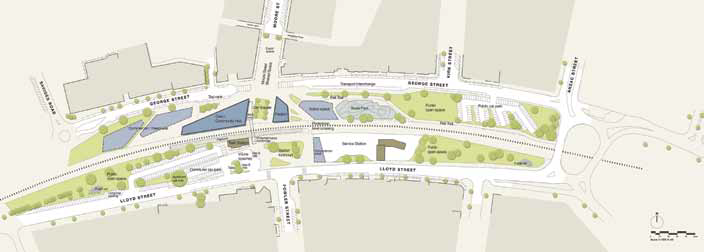
Major Activity Centres
These are places that provide a suburban focal point for services, employment, housing, public transport and social interaction. They have different attributes and provide different functions, with some serving larger subregional catchments. Plan Melbourne identifies 121 existing and future Major Activity Centres across Melbourne.
They are listed below and grouped by the six Metropolitan Partnership regions

Inner Metro: Balaclava, Carlton-Lygon Street, Fitzroy-Brunswick Street, Fitzroy-Smith Street, Port Melbourne-Bay Street, Richmond-Swan Street, Richmond-Bridge Road, Richmond-Victoria Street, South Melbourne, St Kilda.
Inner South East: Bentleigh, Brighton-Bay Street, Brighton-Church Street, Camberwell Junction, Carnegie, Caulfield, Chadstone, Elsternwick, Glenhuntly, Hampton, Hawthorn-Glenferrie Road, Kew Junction, Malvern/Armadale, Prahran/South Yarra, Sandringham, Toorak Village.

Western: Airport West, Altona, Altona North, Ascot Vale-Union Road, Braybrook-Central West, Brimbank Central, Caroline Springs, Deer Park, Flemington-Racecourse Road, Hopkins Road (future), Hoppers Crossing, Manor Lakes, Maribyrnong-Highpoint, Melton, Melton-Woodgrove and Coburns Road, Moonee Ponds, Niddrie-Keilor Road, North Essendon, Plumpton (future), Point Cook, Riverdale (future), Rockbank (future), Rockbank North (future), St Albans, Sydenham, Tarneit, Werribee, Werribee Plaza, Williams Landing, Williamstown.
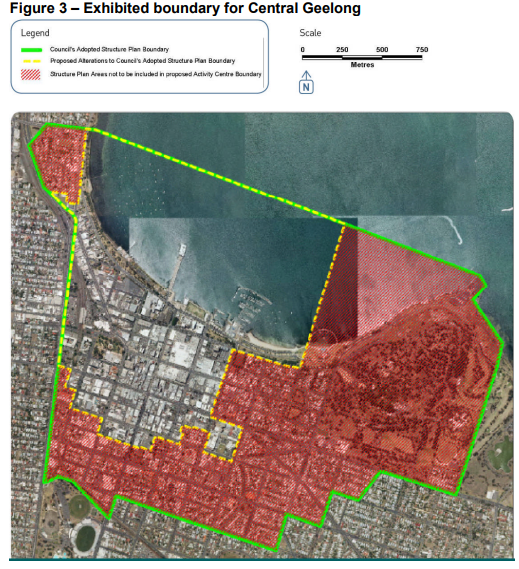
Northern: Beveridge (future), Brunswick, Coburg, Craigieburn, Craigieburn Town Centre, Diamond Creek, Eltham, Gladstone Park, Glenroy, Greensborough, Heidelberg, Ivanhoe, Mernda, Mickleham (future), Northcote, Preston-High Street, Preston-Northland, Reservoir, Roxburgh Park, South Morang, Sunbury, Sunbury South (future), Wallan (future), Wollert (future).
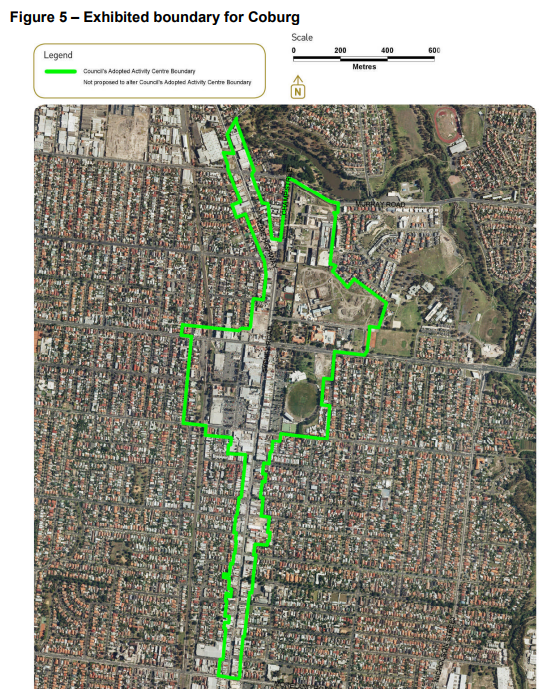
Eastern: Bayswater, Boronia, Brandon Park, Burwood East-Tally Ho, Burwood Heights, Chirnside Park, Clayton, Croydon, Doncaster East-The Pines, Doncaster Hill, Forest Hill Chase, Glen Waverley, Lilydale, Mount Waverley, Mountain Gate, Nunawading, Oakleigh, Rowville-Stud Park, Wantirna South-Knox Central.
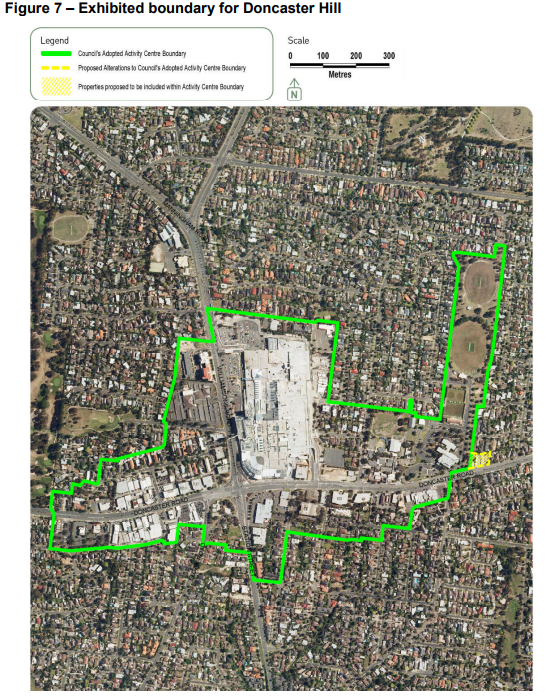
Southern: Berwick, Casey Central, Chelsea, Cheltenham, Cheltenham-Southland, Clyde (future), Clyde North (future), Cranbourne, Endeavour Hills, Hampton Park, Hastings, Karingal, Keysborough-Parkmore, Mentone, Moorabbin, Mordialloc, Mornington, Noble Park, Officer, Pakenham, Rosebud, Springvale.
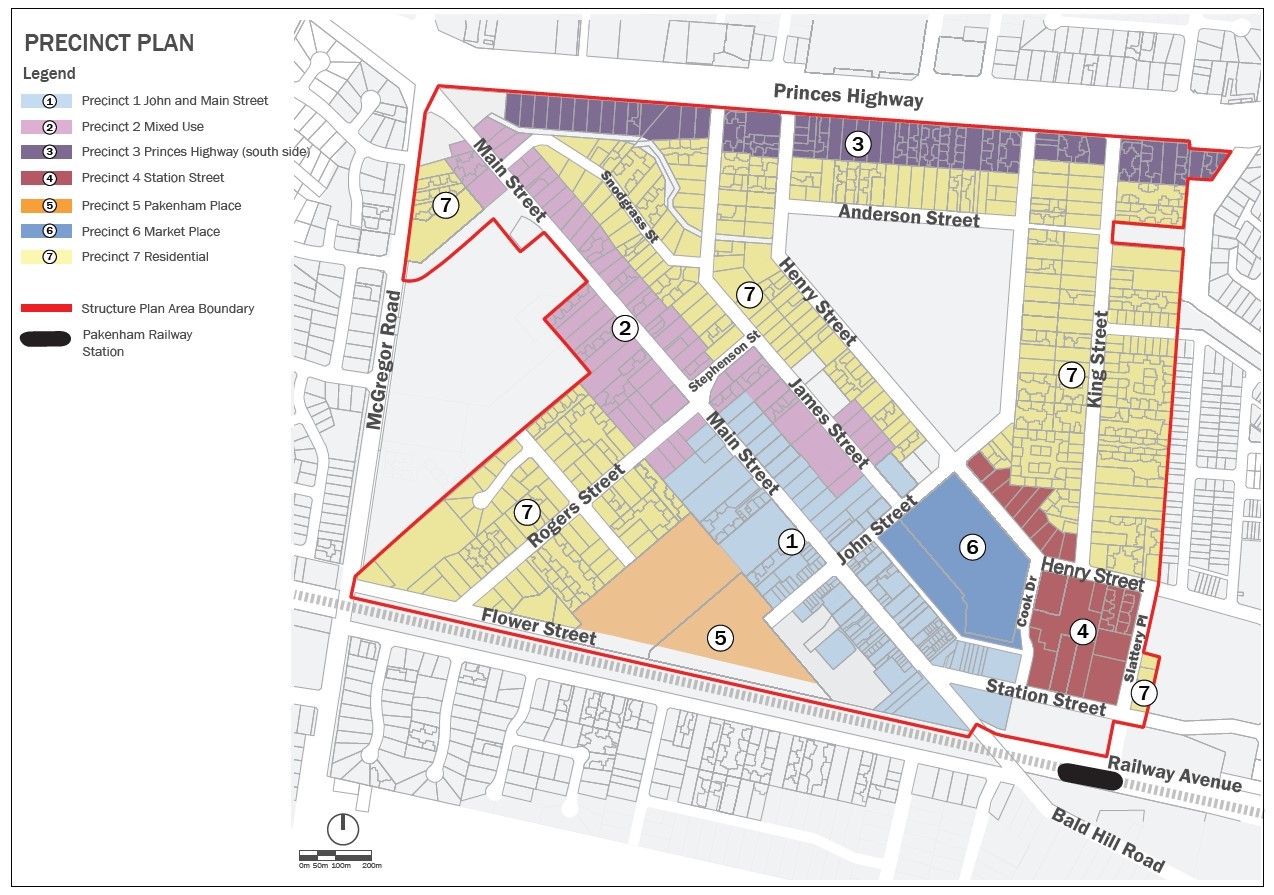
Neighbourhood Activity Centres
These are local centres that provide access to local goods, services and employment opportunities and serve the needs of the surrounding community. These centres serve smaller, local areas and have an important role in giving people the ability to meet most of their everyday needs within a 20-minute walk, cycle or local public transport trip of their home – an important factor in creating healthier communities, lowering greenhouse emissions and delivering 20-minute neighbourhoods.

